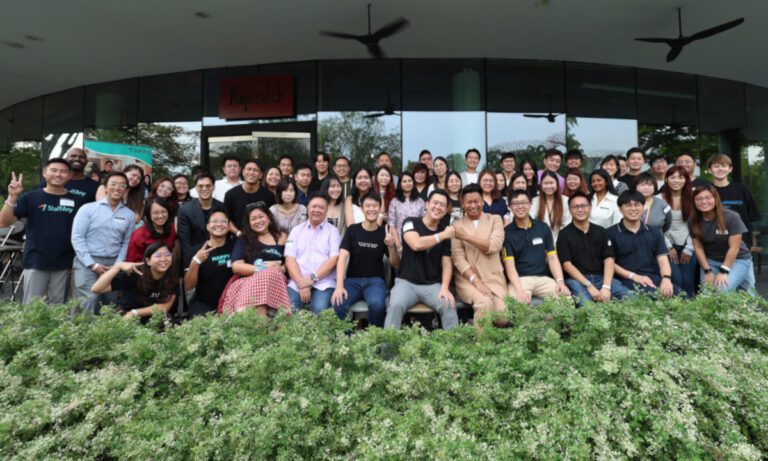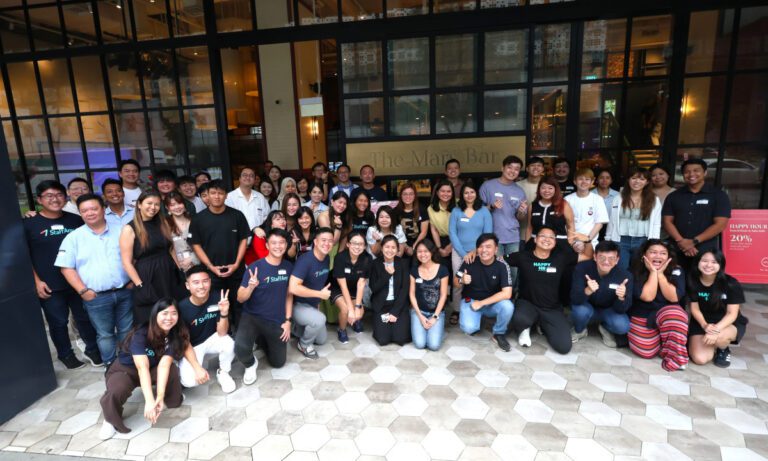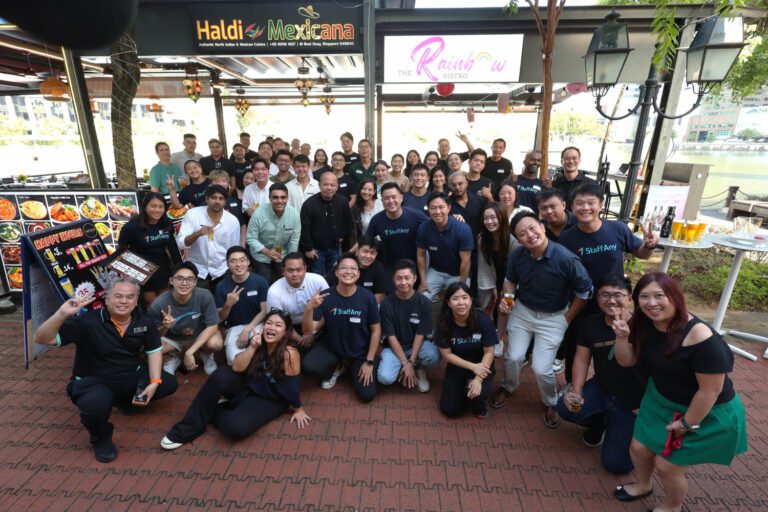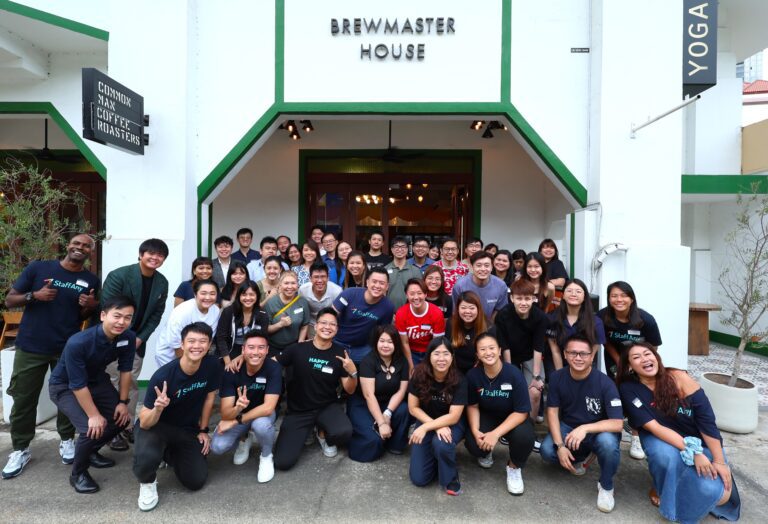What do an ice cream shop and a fine dining establishment have in common? Sharing their learnings on how they manage the latest generation of employees: Gen Z.
On October 9th, we brought Singapore’s food and beverage HR staff together at Berlin65 to discuss how they manage this up-and-coming generation.
This event featured insights from Li Yang, Assistant HR Manager at Ebb and Flow Group and Nash from Tom’s Pallette and was hosted by Janson from StaffAny.
The discussion began with a question about the generational makeup of both companies’ workforces. Tom’s Palette is primarily staffed by members of Gen Z, while around half of the workforce at Ebb and Flow also comes from Gen Z.
1. Digital Learning and Training
Training methods for Gen Z need to be updated. At Ebb and Flow Group, Li Yang mentioned that they’ve shifted from traditional physical handbooks to more modern, digital approaches such as web-based content and videos to accommodate ‘micro-learning’.
“We are moving towards a digital handbook and bite-sized video content,” he said. Short, concise training videos that can be accessed on mobile devices align more with the learning habits of Gen Z, who prefer fast, easily digestible information accessible from their smartphones.
Nash echoed this approach at Tom’s Palette, noting that they’re creating short videos for everything from making waffles to scooping ice cream. Subjects that used to take 30 minutes are now condensed into bite-sized videos of 3 to 30 minutes, catering to Gen Z’s digital-first mindset.
Food and beverage businesses can optimise their training material for smartphone viewing. Short articles and quick videos created in a style similar to social media posts could be better digested by Gen Z workers.
2. Effective Communication and Engagement
One of the key points that emerged from the discussion was the importance of clear communication with Gen Z employees. As Li Yang explained, “They ask a lot of questions. You can’t just tell them to do something—you need to explain the ‘why’.”
“I would say that they are a lot more vocal compared to other generations.” – Li Yang, Ebb and Flow Group.
This generation values understanding the context and purpose behind tasks, making it crucial for managers to take the time to explain not only what needs to be done but also why it matters.
Nash added that Tom’s Palette involves its staff in brand-related activities, such as contributing to social media content. “We encourage them to be part of our video content, to get involved with the brand,” Nash shared.
This sense of inclusion helps Gen Z employees feel more connected to the business and engaged in their work.
In addition to updating staff training material to be more digital, be sure to include the context or the ‘why’ behind any tasks that you require your Gen Z workers to do.
3. Flexibility and Competitive Pay
Flexibility in scheduling was another key factor discussed. Nash explained that Tom’s Palette attracts Gen Z workers by offering flexible, concise shifts, such as six-hour blocks. “They like flexibility. We adjust to them,” Nash said.
Nash added that Gen Z loves having more control over their time: “They care more about being flexible and controlling their time – like requesting to work just on Monday, Saturday, and Sunday.”
This flexibility allows Gen Z employees to balance their work with their personal lives, which is important to them.
In terms of pay, Nash revealed that Tom’s Palette goes above the market rate, along with offering weekend incentives, especially for front-facing roles.
During the session, Janson conducted a quick survey, finding that Tom’s Palette’s pay aligned with industry standards. Competitive wages and incentives are vital in retaining Gen Z employees, as they are driven by financial rewards, just like other generations.
4. Leveraging Their Strengths
Both Nash and Li Yang emphasised the strengths that Gen Z brings to the table, such as their enthusiasm, attitude, and desire for involvement.
Li Yang praised the younger generation for their candour and energy, particularly in guest relations. “They’re vocal and straightforward, which can be very useful when dealing with difficult customers,” he explained. Businesses can leverage their natural communication skills and enthusiasm by putting Gen Z employees in customer-facing roles.
“They have a little bit of sass in the way that they say things. And sometimes I feel that that’s very useful, because when you’re dealing with these difficult customers, right? You need that little bit of attitude towards them to, you know, help them understand that sometimes their request is a little bit odd,” Li Yang added.
When people say “Diversity is strength”, this is one way to apply it well. Gen Z’s attitude, when used appropriately, can be a great tool for handling challenging customers. Harnessing this within your restaurant’s front-line staff could give you a major advantage.
Nash also highlighted the importance of recognition, especially for Gen Z. He shared how his team actively involves younger staff in decision-making and values their input. “They want to feel part of the process, and when they do, they’re more motivated and engaged,” he said.
Involving them in your marketing efforts, such as social media campaigns, is another way to leverage their strengths and networks, while giving them the recognition they need to stay engaged.
The fireside chat at Berlin65 provided key insights into managing Gen Z in the F&B industry. From clear communication and flexibility to leveraging digital tools for training and fostering a sense of belonging, F&B managers can adapt their practices to better engage and retain this new generation of workers.
Janson summarised, “It’s all about understanding their strengths and giving them the tools they need to succeed.” By doing so, businesses can build a more dynamic, motivated workforce.
Don’t miss out on our upcoming StaffAny events where you can be at the forefront of discussing Singapore’s latest food and beverage trends and network with industry leaders each month.




